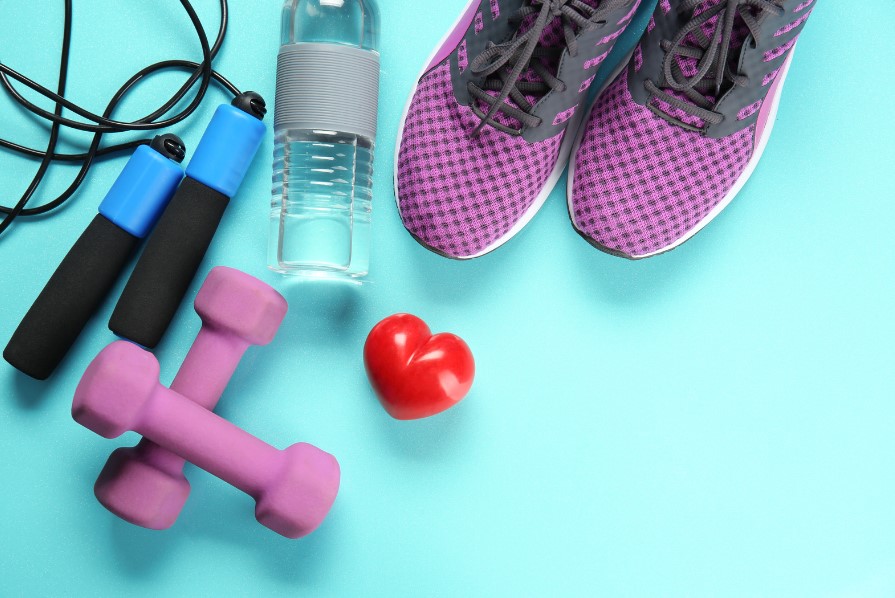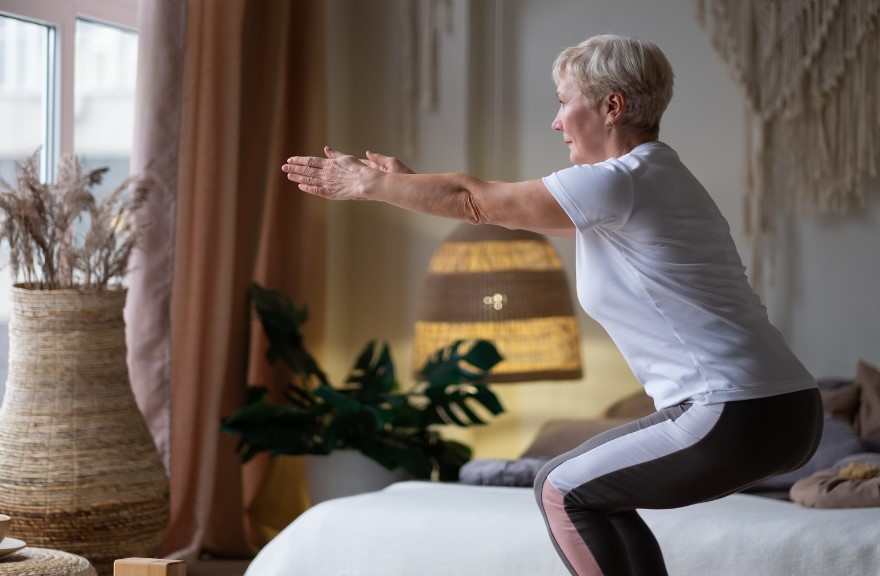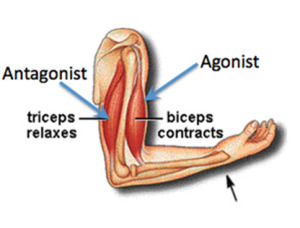As we age, it becomes increasingly important to prioritize heart health and overall well-being. Low-impact exercises, combined in a circuit format, offer an excellent solution to boost heart health while being gentle on the joints.
In this post, we’ll explore research that supports the benefits of cardiovascular exercise for seniors and provide three examples of low-impact strength exercise-based circuits with brief explanations on how to perform each exercise.
Why this is important for you:
Numerous studies (sources cited below) have demonstrated the positive effects of cardiovascular exercise on overall good health, especially for retirement-age adults.
Engaging in regular aerobic exercise will:
- Improve Heart Function: Cardiovascular exercise enhances heart function, increases stroke volume, and improves blood circulation.
- Lower Blood Pressure: Regular aerobic workouts can lower resting blood pressure, reducing the risk of hypertension and related complications.
- Enhance Endurance: Seniors who participate in cardiovascular activities experience increased stamina and endurance, making daily activities easier.
- Reduce Risk of Chronic Diseases: Regular cardiovascular exercise can help prevent or manage chronic conditions such as diabetes, obesity, and heart disease.
- Improve Mental Well-being: Cardiovascular workouts release endorphins, reducing stress, anxiety, and depression, leading to improved overall mental health.
Low-Impact Strength Exercise-Based Circuits:
Here are three effective examples of low-impact strength exercise-based circuits suitable for retirement-age adults. Though they are safe and effective, these examples are not intended to be a personalized or inclusive program. Rather, the idea is to provide you with a sample of how programs of this type should be structured.
These circuits provide cardiovascular benefits while being gentle on the joints. To perform each, always begin with a light warmup of basic calisthenics; then, as you start the circuit, the object is to go from one exercise to the next without a rest period or with minimal rest.
*FIT-FACT: Not only is strength-based circuit training good for your heart, but it also helps to preserve/improve strength, enhance flexibility, boost metabolism, and stimulate that “feel good” post-exercise euphoria!
Form is the key, never compromise your mechanics and never take yourself to complete exhaustion.
ENJOY!
- Bodyweight Circuit:
a) March in Place: Lift your knees alternately while quickly marching in place; begin with 1 minute and seek to advance this time with each following workout.
b) Wall Push-Ups: Stand arm’s length away from a wall, place your hands on the wall at shoulder height, and perform as many repetitions as possible with good form.
c) Bodyweight Squats: Stand with feet shoulder-width apart, lower yourself into a squatting position, and return to the starting position for as many repetitions as possible with good form.
d) Standing Leg Raises: Hold onto a stable surface for support, lift one leg to the side, and then lower it. Alternate between legs for as many repetitions as possible with good form.
e) Calf Raises: Stand with feet hip-width apart, rise up onto your toes, and then lower your heels to the ground for as many repetitions as possible with good form.
f) Rest for 1 minute and repeat the circuit 2 more times.
- Resistance Band Circuit:
a) Bicep Curls with Resistance Band: Stand tall with an offset stance with a resistance band under your feet. Perform as many repetitions as possible with good form.
b) Seated Rows with Resistance Band: Sit on the edge of a chair, wrap the band around your feet, and pull the bands toward your chest for as many repetitions as possible with good form.
c) Shoulder Press with Resistance Band: Stand tall with an offset stance with the band secured behind you, and press the band overhead for as many repetitions as possible with good form.
d) Standing Side Leg Raises with Resistance Band: Stand with the band wrapped around your ankles, lift one leg to the side, then lower it. Alternate between legs for as many repetitions as possible with good form (do the same number of repetitions for each side).
e) Tricep Extensions with Resistance Band: Stand tall with an offset stance, secure the band to a solid surface behind you, then extend your arms overhead, then lower the band behind your head, repeating for as many repetitions as possible with good form.
f) Rest for 1 minute and repeat the circuit 2 more times.
- Dumbbell Circuit:
a) Dumbbell Shoulder Press: Stand tall with an offset stance, and hold dumbbells at shoulder height. Press the dumbbells overhead for as many repetitions as possible with good form.
b) Dumbbell Bent-Over Rows: Stand with feet hip-width apart, slightly bend your knees, and lean forward. Hold the dumbbells and perform as many repetitions as possible with good form.
c) Dumbbell Step-Ups: Stand facing a stable surface, step one foot onto it, and then step the other foot up. Step down with one foot, then the other, and repeat for as many repetitions as possible with good form on each leg (be sure to do the same number on each side).
d) Dumbbell Chest Press: Lie on your back with knees bent (on the floor or bench), holding dumbbells above your chest, and press them upward for as many repetitions as possible with good form.
e) Dumbbell Goblet Squats: Hold a dumbbell close to your chest and lower yourself into a squatting position for as many repetitions as possible with good form.
f) Rest for 1 minute and repeat the circuit 2 more times.
Incorporating low-impact strength circuit training into your fitness routine can significantly benefit your cardiovascular health while being gentle on your joints.
The research suggests that regular cardiovascular exercise is vital in promoting seniors’ heart health and overall well-being.
Remember to consult with a healthcare professional before starting any new exercise routine. Stay committed to your heart health, and enjoy the journey to a healthier and happier you!
Joe Carson B.S. NASM-CPT/FAS/CN
Master Trainer/Functional Aging Specialist/Certified Nutritionist
Twenty-First Century Aging
www.twentyfirstcenturyaging.com
Sources:
- American Heart Association (AHA) – https://www.heart.org/
- National Institutes of Health (NIH) – https://www.nih.gov/
- Journal of the American Geriatrics Society – https://onlinelibrary.wiley.com/journal/15325415
- Journal of Aging and Physical Activity – https://journals.humankinetics.com/view/journals/japa/japa-overview.xml





